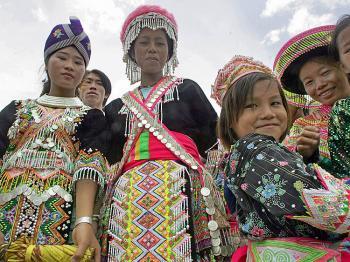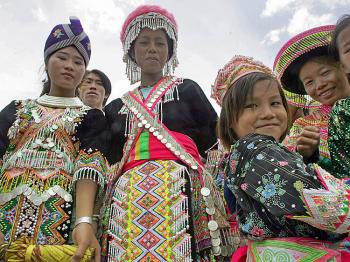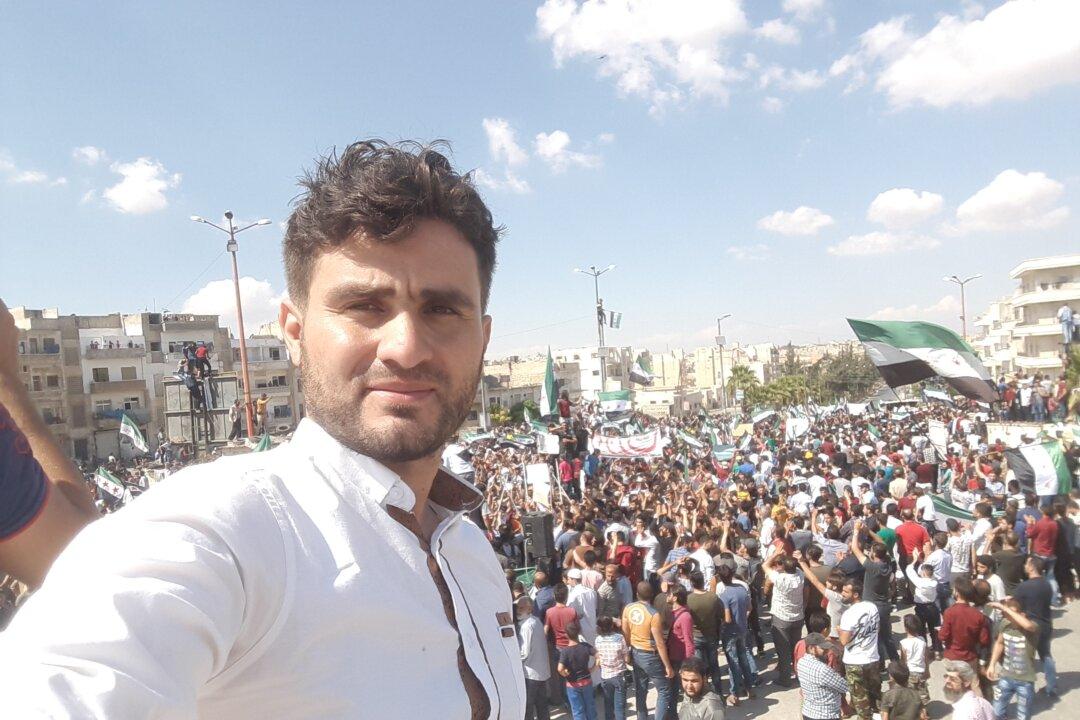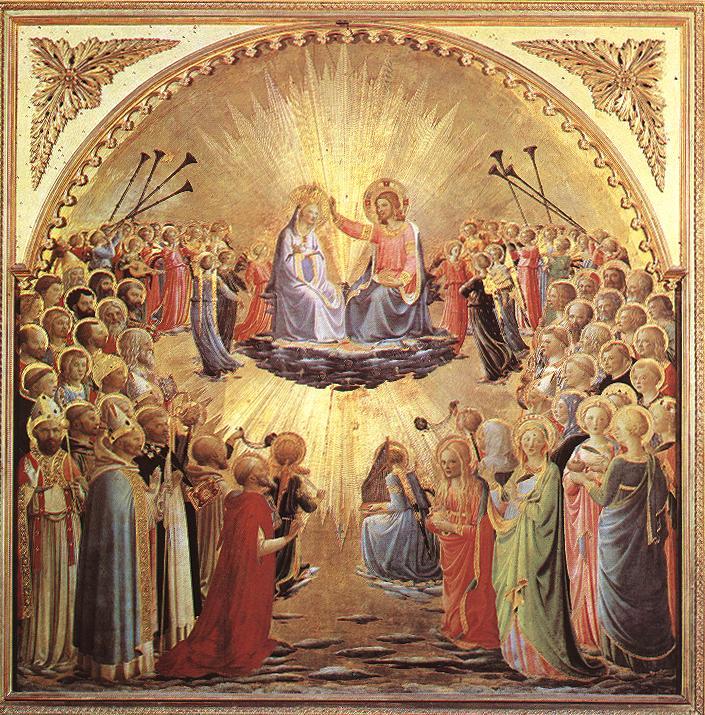Unique Fabrics Tell the Story of a People
The Hmong, an indigenous people in Laos, express their far-reaching history as well as recent events in embroidery.
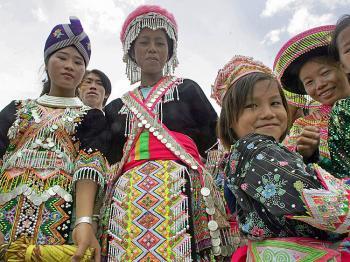
Hmong women pass down their people's history in unique and rich embroidery and thus preserve their cultural heritage despite the discrimination the Hmong people still face today. PORNCHAI KITTIWONGSAKUL/AFP/Getty Images
|Updated:

